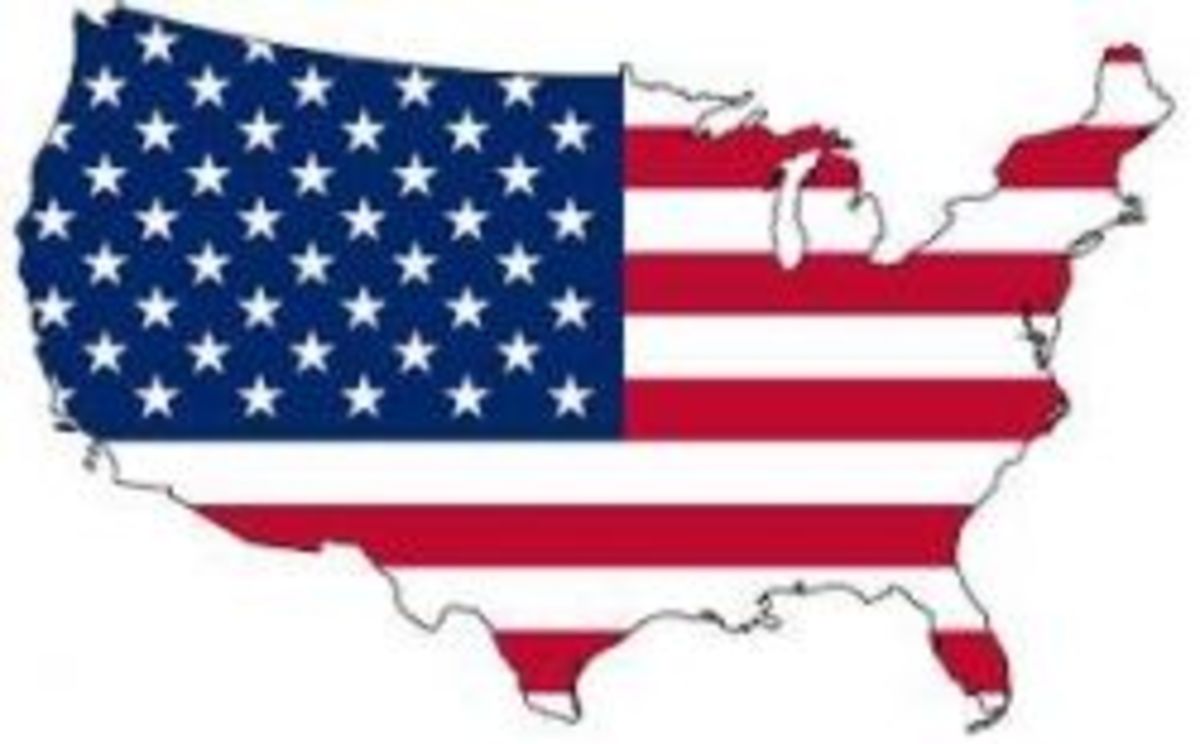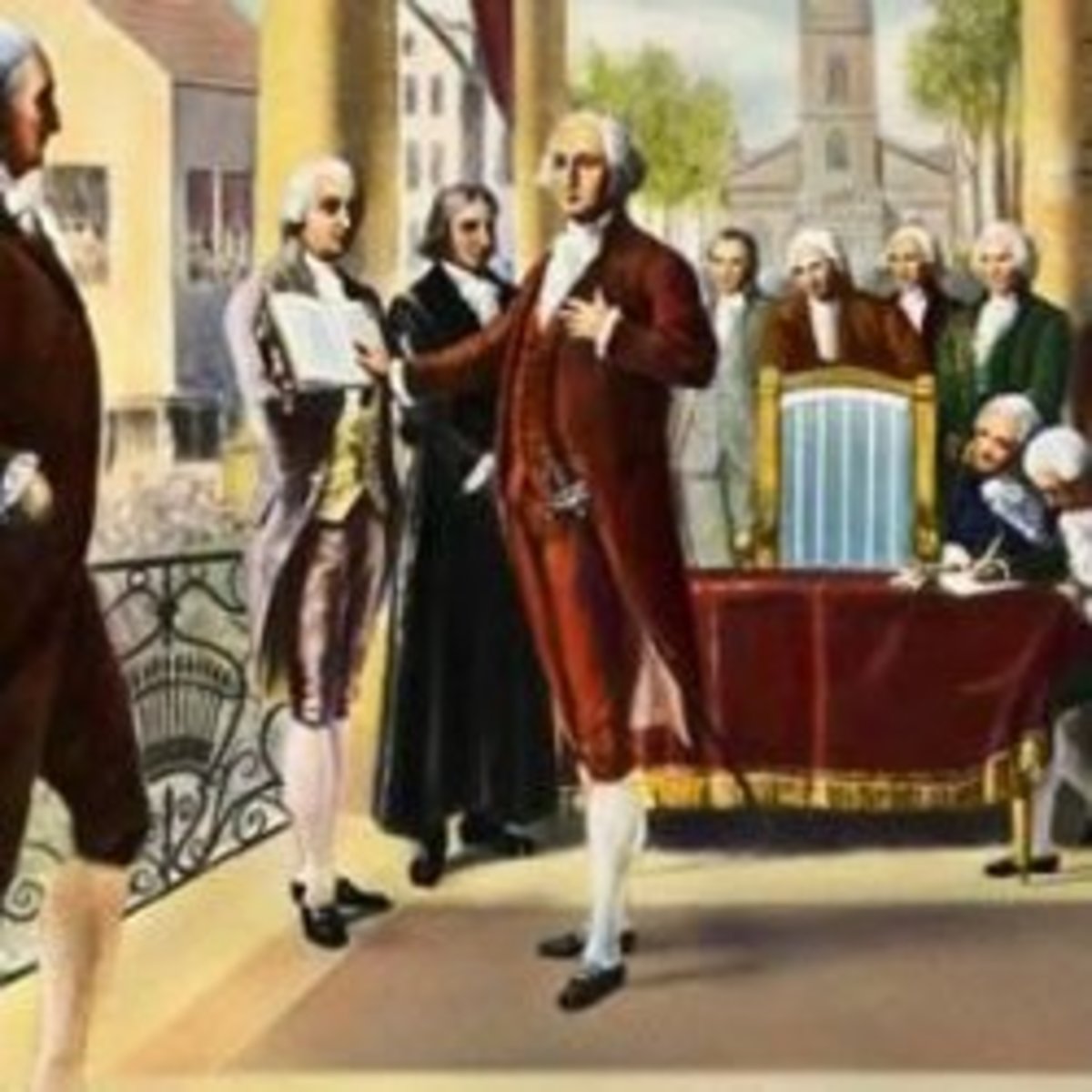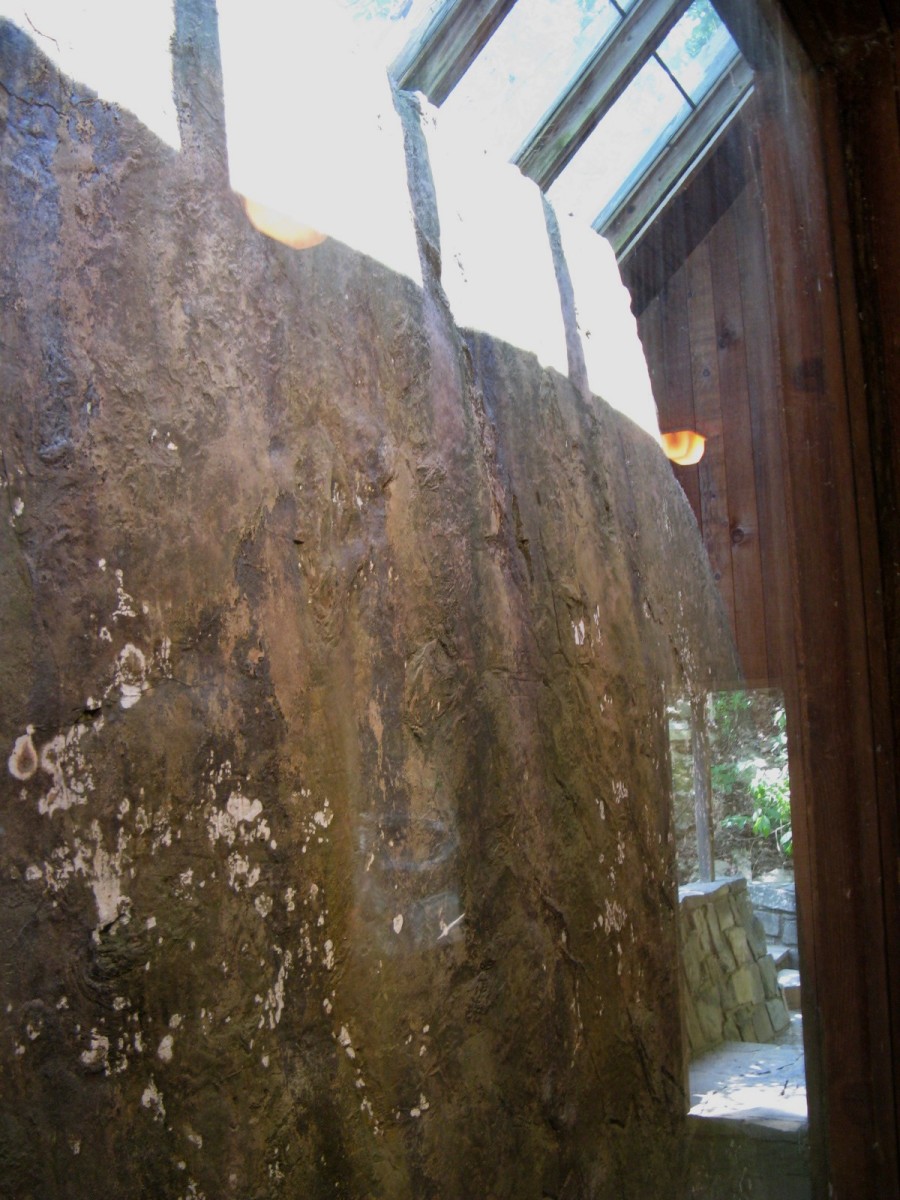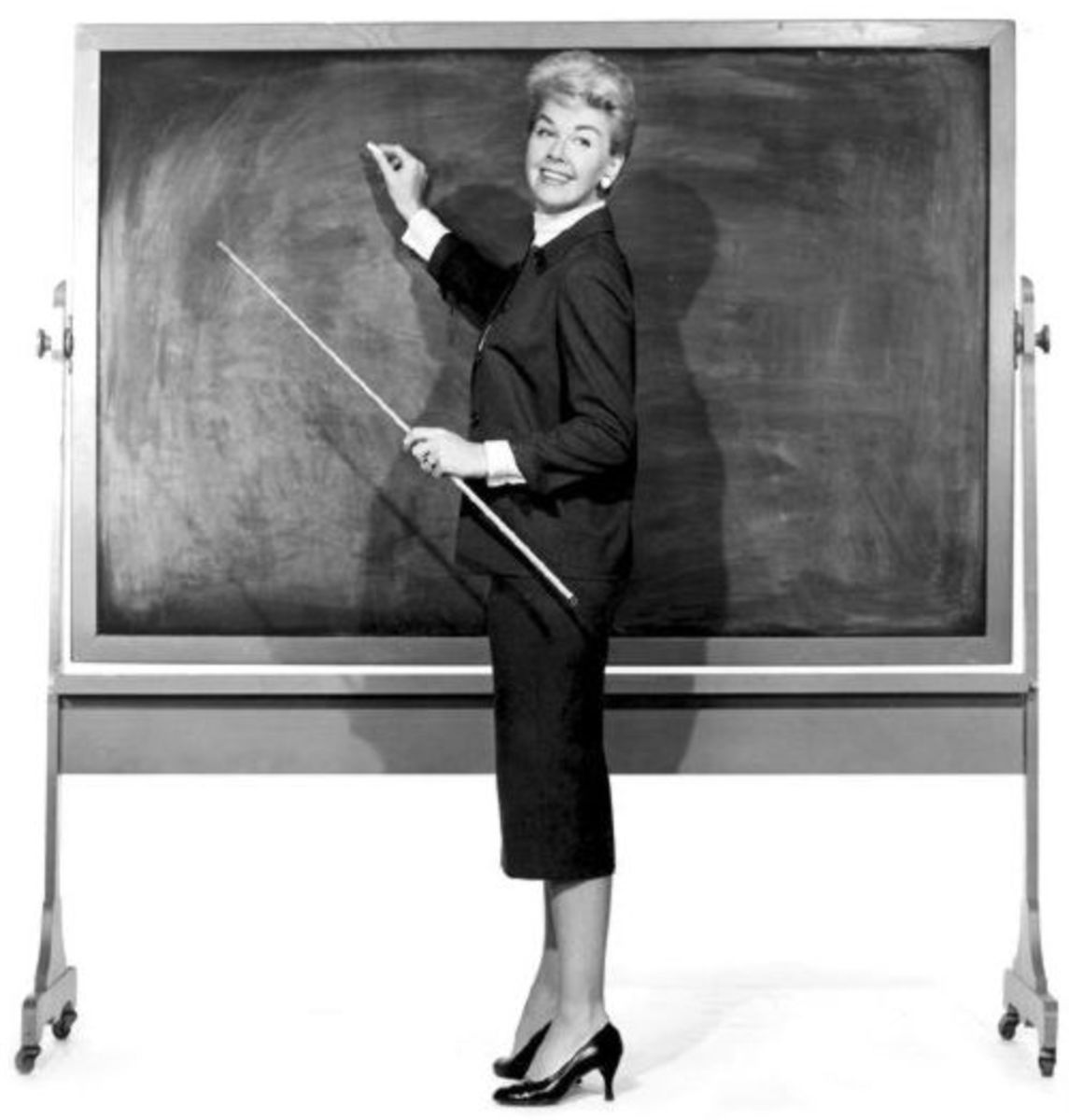Jamestown Settlement - the 8th grade American History Lesson
Jamestown Settlement - 8th grade American History
The First Permanent British Settlement in North America – A Fictional Monologue by the survivor (Appropriate for the 8th graders and international students who are studying American History for the first time) by Mikio Michael Nakade
(History teachers may simply have students take a turn reading each quote, number 1 through 13. At least 13 students get to participate in this lesson.)
#1 --- Hello. My name is Thomas Andrews. I traveled across the Atlantic Ocean from England and settled in Virginia in 1607. I came from a poor farming family. At that time in England, sheep grazing was becoming more profitable, and enclosure was taking place. It meant that farmers had less land to cultivate. I had no real future in England. So, I decided to sign up for the adventure of a lifetime. Investors in England pooled their money and created a joint stock company called The Virginia Company. King James gave the company the right to settle in North America. It was known as the Royal Charter. I was hoping to make it rich over there. The sailing was tough. We traveled over 6,000 miles and were stuck on the ship for almost 5 months. When I saw North America, I was really glad.
#2-----When I arrived in North America, the captain of ship decided to sail up the river. He called the river “James River” in honor of King James. We settled in an area where the river water and the salt water met. Well, we didn’t know it at that time, but it was the worst possible location for us to settle since the area was infested with mosquitoes. As a result, many of us got sick from malaria.
#3-----The captain called our settlement, “Jamestown.” It was a fortified community to protect ourselves from the Indians. We just didn’t know how to live with them peacefully. But we did know that we had to trade with them to get our food sometimes. Our ship brought copper pots and pans and some jewelry to trade with the Indians. We managed to trade our stuff with their stuff like corns and furs.
#4-----But, overall, the settlement was a failure. Our leaders were hoping to find gold and silver and had us dig for those precious metals. They heard about the Spanish success in Mexico and wanted us to be rich quickly with the discovery of gold and silver. Well, we found none of that and wasted a lot of time in the process, and got behind in food production. We were constantly hungry. To make the matters worse, many of our guys weren’t trained to do farm work. They were glass makers, jewelry makers, and blacksmiths. They refused to do the necessary farm work. Leaders were lazy. They thought it was beneath them to toil the earth.
#5-----What saved the first settlement from going completely hungry was John Smith’s leadership. The guy was a great soldier and a fearless leader. He set the policy called “No work, no food.” Some guys didn’t like John since John was an ‘in-your-face’ kind of guy. But without his yelling and intimidation, some guys just wouldn’t have worked. We somehow managed the first year, thanks to John.
#6-----John was very good with the Indians, too. He knew how to trade with them and got us lots of corn from them. When he was captured by one of the Indians, he came real close to getting executed. But, he had his life spared at the last minute. In his book, he said it was an 11-year-old Indian princess named Pocahontas who begged her dad to save John’s life. It sounded very much like a movie, but that’s what John wrote in his book.
#7 ----John left Virginia in 1609 to recover from a severe burning accident. Poor guy. He really wanted to make it big in Virginia but had to go back to England. I heard that he wanted to return to Virginia when he got better but never had the chance. I missed John’s strong leadership after he left. Guys stopped working hard, and things were literally falling apart. The winter of 1609-1610 was the toughest. At one point, Jamestown had over 500 people. By April of 1610, only 60 survived. I was one of them. It was the toughest thing that I had ever gotten through. I ate rats, tree bark, and even my leather boots. All 60 of us were ready to abandon Jamestown and go back to England when winter turned spring.
#8 -----Well, fate had other plans. The ship sailed in from England in May 1610 and got us more food and other provisions. Lord Delaware and other new settlers arrived and wouldn’t let us leave! That’s how Jamestown survived.
#9------Life in Jamestown continued to be challenging. But by 1614, we turned the corner. Our new leader, John Wolf, got the idea of planting tobacco in our fields for the purpose of selling it to smokers in England and other parts of Europe. I hate the smell of tobacco, but lots of people in England loved it. This new crop raised cash, and we were able to buy more things from England. In other words, we began trading with our mother country. It saved our settlement.
#10 ----- Our new leader, John Rolf, married that young Indian Princess Pocahontas. For a period of time, our relationship with the Indians was good. I heard that Pocahontas moved to England with John later on and was popular in English society for a while. But, she died from illness shortly after in England.
#11 ----- Our Virginia Colony is not like the Plymouth Colony in Massachusetts. Those Pilgrims came to North America to practice their religion the way they wanted to. We came here for jobs and adventures. Most of us were young males with all that male energy, which went wild at times. We went to our town’s only church because we had to. Not going to church was not an option. Anyway, we weren’t really very religious at all. We remained Anglican, the Church of England. This religion thing is what separates us from the settlers in New England.
#12------One thing that shocked me was the importation of African slaves in 1620. They were kidnapped in West Africa by the Portuguese traders and were shipped to Virginia. Some tobacco plantation owners bought these African slaves because they needed workers to produce more tobacco. The number of slaves were relatively small for a while, but by the 1680s, slaves had become such an important part of the farm labor in Virginia and Maryland, our neighbor colony. I could almost see the major problem brewing over this type of labor. Some rich white folks stopped working hard because of the availability of slave labor. Not a good sign for the future.
#13 -----Well, that’s my story in Virginia. I went through some really difficult times. Looking back, it was such a bad idea to come from England to settle in a new land in North America without having the skill to work on the land. Many of us died because we didn’t do a good job of producing food. I think the Virginia Company should have recruited more farmers to come to Virginia. The constant fear of Indians attacking us didn’t help, either. We probably could have gotten along with the Indians better if we learned to trust them. It was a vicious cycle; not trusting them so that we broke our promises to be friendly to them. This led them not to trust us, so they attacked us. If we focus on trading, we could have benefited from each other’s unique possessions. I hope that future settlers to an unknown land will learn from our mistakes.
(Information cited in this work came mainly from The Teaching Company’s two different Lecture Series: 1) The History of the United States, 1st Edition, Part I: Patterns of Settlement and Society, Lecture 4, “The Struggle for Survival” by Darren Staloff, Ph.D., and 2) American Identity, Lecture 2, “John Smith – The Colonial Promoter” by Patrick N. Alitt, Ph. D.)
Per Wikipedia.com: The Teaching Company is a Chantilly, Virginia company that produces recordings of lectures by nationally top-ranked university professors as well as high-school teachers.)








